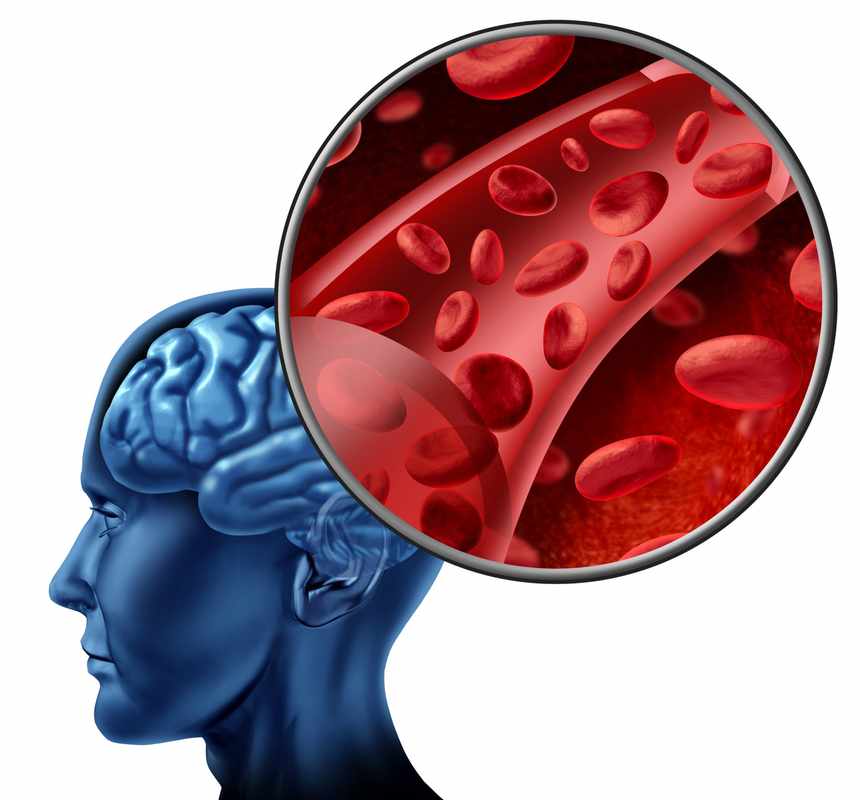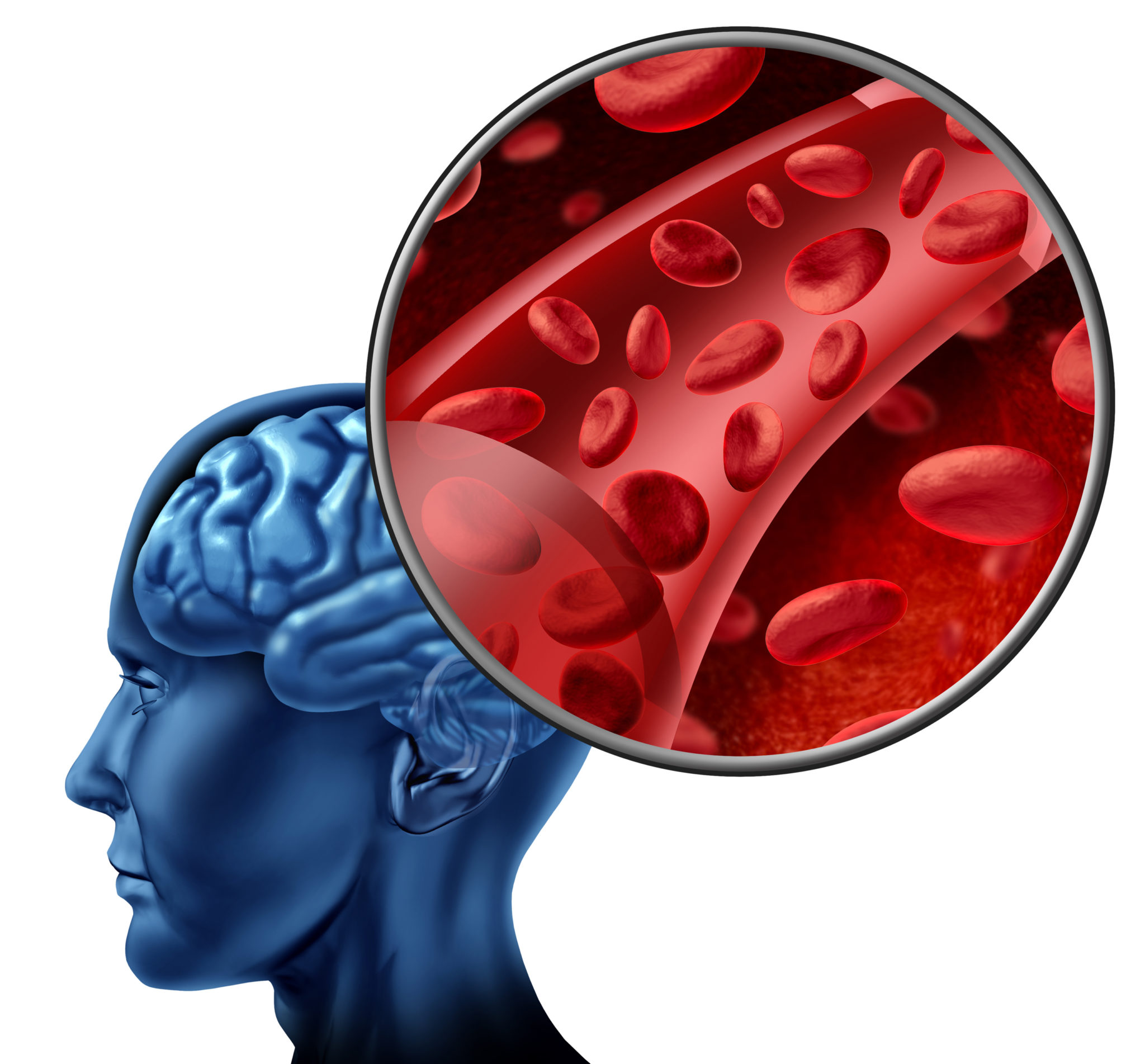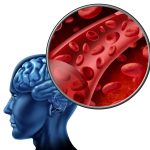Unlocking Optimal Health: The Best Blood Oxygen Level for Healing
The human body is an intricate machine, with every system and function working together in harmony to keep us alive and thriving. But what if I told you that there’s a vital component that can make all the difference between feeling energized and revitalized or stuck in a rut? It’s not about exercising more or eating less – it’s about oxygen.
A Breath of Fresh Air: Why Blood Oxygen Level Matters
Oxygen is the unsung hero of our bodies, playing a crucial role in energy production, detoxification, and overall well-being. But did you know that the quality of your blood oxygen level can have a significant impact on your healing process? In this post, we’ll dive into the best blood oxygen level for healing and explore why it’s essential to prioritize optimal oxygenation.
The Power of Oxygen: Unlocking Cellular Healing
When you breathe in, oxygen molecules bind to hemoglobin in your red blood cells, forming oxyhemoglobin. This complex then delivers oxygen to your body’s tissues, where it’s used for energy production and cellular maintenance. However, when oxygen levels are compromised – whether due to environmental toxins, poor breathing habits, or underlying health conditions – your body can’t function optimally.
In the next section, we’ll explore the importance of maintaining a healthy blood oxygen level and discuss some simple yet effective ways to boost your oxygen intake.

The Importance of Maintaining a Healthy Blood Oxygen Level
Maintaining a healthy blood oxygen level is crucial for overall well-being. When your body receives adequate oxygen, it can effectively eliminate waste products and toxins, which helps to prevent the buildup of harmful substances that can cause disease.
Research has shown that optimal blood oxygen levels are essential for cellular healing and regeneration. In fact, studies have found that individuals with higher blood oxygen levels tend to experience improved wound healing rates, reduced inflammation, and enhanced immune function (1).
So, what is a healthy blood oxygen level? The ideal range varies depending on factors such as age, fitness level, and altitude. However, for most adults, a blood oxygen level of 95% or higher is considered normal.
Factors Affecting Blood Oxygen Level
Several factors can influence your blood oxygen level, including:
- Altitude**: As you ascend to higher elevations, the air pressure decreases, and the partial pressure of oxygen in the air also drops. This can lead to lower blood oxygen levels.
- Poor Breathing Habits**: Shallow or rapid breathing can reduce your body’s ability to take in adequate oxygen, leading to decreased blood oxygen levels.
- Environmental Toxins**: Exposure to pollutants such as tobacco smoke, heavy metals, and pesticides can damage the lungs and reduce blood oxygen levels.
- Underlying Health Conditions**: Certain medical conditions, such as chronic obstructive pulmonary disease (COPD), pneumonia, or heart failure, can impair lung function and lower blood oxygen levels.
Boosting Your Blood Oxygen Level
The good news is that there are many simple and effective ways to boost your blood oxygen level. Here are a few strategies to get you started:
- Practice Deep Breathing Exercises**: Take slow, deep breaths through your nose and exhale slowly through your mouth to help increase oxygen intake.
- Engage in Physical Activity**: Regular exercise can help improve lung function and increase blood oxygen levels.
- Elevate Your Head While Sleeping**: Raising the head of your bed by 6-8 inches or using a wedge pillow can help reduce congestion and promote better breathing while sleeping.
In our next section, we’ll explore the role of nutrition in supporting optimal blood oxygen levels. Stay tuned for more insights on how to unlock optimal health!
Get Expert Guidance on Blood Oxygen Levels
Take the first step towards understanding your blood oxygen levels and how they impact your overall health. Our medical experts are here to help.
Consult with an expertThe Ideal Blood Oxygen Level for Healing
So, what’s the best blood oxygen level for healing? Research suggests that an SpO2 (arterial oxygen saturation) level of 95-100% is ideal for optimal health and healing. This range allows for efficient delivery of oxygen to your body’s tissues, supporting cellular energy production and overall well-being.
Conclusion: Unlocking the Power of Oxygen
In this post, we’ve explored the crucial role that blood oxygen level plays in our bodies’ functioning and healing processes. By prioritizing optimal oxygenation, you can unlock the power to:
- Enhance energy levels and mental clarity
- Support immune function and overall health
- Foster a more positive mindset and emotional resilience
To achieve this ideal blood oxygen level, remember to:
- Breathe deeply and regularly
- Avoid environmental toxins and pollutants
- Stay hydrated and maintain healthy circulation
- Prioritize stress management and relaxation techniques
By implementing these simple yet powerful strategies, you’ll be well on your way to achieving optimal health and unlocking the full potential of your body. Remember, oxygen is the unsung hero that can make all the difference – so prioritize its power and unlock a brighter, healthier tomorrow!
Symptoms of Fatty Liver Due to Alcohol Consumption: Are you concerned about the impact of your drinking habits on your liver health? This article reveals the warning signs of fatty liver disease caused by excessive alcohol consumption. Discover how to take steps towards a healthier lifestyle.
Amazon Kindle Paperwhite 6-Inch Wi-Fi Wi-Fi Price Tracker: Get ready to upgrade your reading experience with the latest Amazon Kindle Paperwhite. This article provides a comprehensive review of this e-reader, including its features, pros, and cons. Find out how you can track the price and buy it at the best value.



